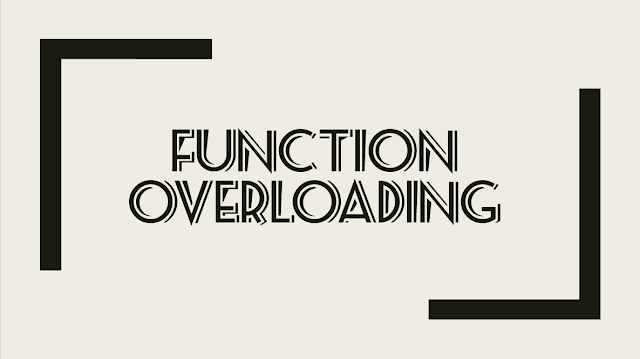TIPS FOR LINKED LISTS, STACKS AND QUEUES
Hello Friends,
Data Structures are like solving Puzzles. You have to use your brain's Logic Unit and find the solution of the given problem.
Many students find data structures hard to understand. This is because they don't want to use their brains for solving the given problems.
If you love solving puzzles and taking new challenges, then gear up and start reading each line of this chapter.
This chapter No.10 consists of 6 marks for your Boards exam.
You will be asked one question from Stacks for 2 marks and one question from Queues for 4 marks.
The 2 marks question from stack will ask you to either "convert the given infix notation to postfix notation" or to "evaluate the given postfix expression" or to "write a code for a linked stack".
This question based on postfix notations is very easy to solve as you have to follow some simple steps and rules for solving the problem.
For writing the code of Linked Stack, you have to be familiar with the simple logics of singly linked lists.
You have to understand how to insert and delete nodes from beginning of a Singly linked list.
To understand and solve any problem on linked lists, I recommend you to draw the diagrams of the list as this makes the game very easy to play.
The algorithms for solving these problems are given in the book in very easy to understand language.
Practice some problems and you'll be good to go.
Now the 4 marks question from Queues will be totally based on linked queues.
You will be asked to write a "function/whole program" to implement a linked queue.
You should know how to insert a node at the end of a singly linked list and to delete a node from the beginning of a singly linked list.
Drawing a diagram of the list will help you a lot in solving these types of questions.
Hence, to gain 6 marks from this chapter, you have to understand singly linked lists neatly.
To solve any question based on linked list, first draw the diagram and find a solution using the diagram in your favorite language. Then convert your solution from your language to C++ using proper syntax.
All these questions are to be solved using the same logics used in previous years questions.
I have made videos on each of these topics and I will be solving more problems from this chapter.
STAY TUNED...


Please upload the type of questions asked from data structure
ReplyDeleteYeah sure...
ReplyDelete☺😳😳😳
ReplyDeleteHi, Kindly post a video explaining circular queue for CBSE. PLEASE sir it's urgent
ReplyDeleteComputer science (sometimes called computation science) is the study of processes that interact with data and that can be represented as data in the form of programs. It enables the use of algorithms to manipulate, store, and communicate digital information. A computer scientist studies the theory of computation and the practice of designing software systems.
ReplyDeleteUGC care journals for Computer science,
Its fields can be divided into theoretical and practical disciplines. Computational complexity theory is highly abstract, while computer graphics emphasizes real-world applications. Programming language theory considers approaches to the description of computational processes, while software engineering involves the use of programming languages and complex systems. Human–computer interaction considers the challenges in making computers useful, usable, and accessible.
Very informative blog!
ReplyDeletePlease take some time to visit my blog @
loop in C notes
Thanks!